Fractions
Exercises for Fractions
Do all the exercises on separate paper showing all your work.
1. Name the numerator of each fraction .

2. Name the denominator of each fraction .

3. For the set of numbers
 list all the proper fractions.
list all the proper fractions.
4. For the set of numbers
 list all the improper fractions.
list all the improper fractions.
5. Using the model stated, show the fractions given below .
| a) Number line model | b) Area model |
 |
 |
6. The shaded dots have a value of 2/5. Draw a circle around "1".
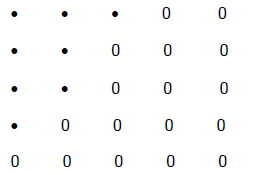
7. The shaded dots have a value of 2. Draw a circle around "1".
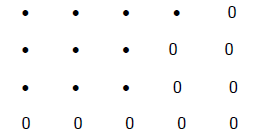
8. The shaded dots have a value of 3/7. Draw a circle around "1".
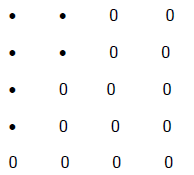
9. Circle the larger of the two fractions and name the fraction that is exactly half-way between the two.

10. For each lettered point on the number line below , express its position by a corresponding fraction.
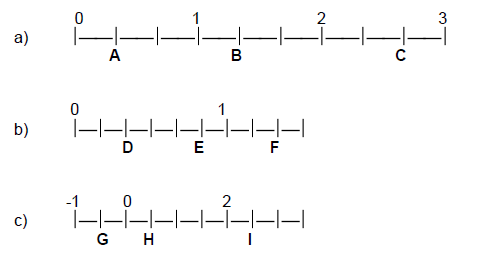
11. Write 4 fractions equivalent to 5/7
12. Find a replacement value for x.

13. Simplify the following fractions.

14. Evaluate the following:

What is the relationship between the answers to b and e?
What is the relationship between the answers to d and f?
15. Evaluate the following:


16. What fraction must be added to 2/5 to get a sum of 1/2?
17. 2/5 must be subtracted from what fraction to get a difference of 1/2?
18. What fraction must be subtracted from 3/5 to get a difference of 1/2?
19. What fraction must be multiplied by 3/5 to get a product of 1/2?
20. What fraction must be divided into 2/5 to get a quotient of 1/2?
21. 2/5 must be divided into what fraction to get a quotient of 1/2?
22. Add:

23. Subtract:

24. Multiply:

25. Divide:

26. Divide:

27. Subtract:

28. What number must be added to
 to get a total of
to get a total of

29. What number must be subtracted from
 to get a difference of
to get a difference of

30. What number must be multiplied by
 to get a product of
to get a product of

31. What number must be divided into
 to get a quotient of
to get a quotient of

Answers to Exercises may be found after the answers to Now You Try.
Answers to Now You Try
Section 2.1:
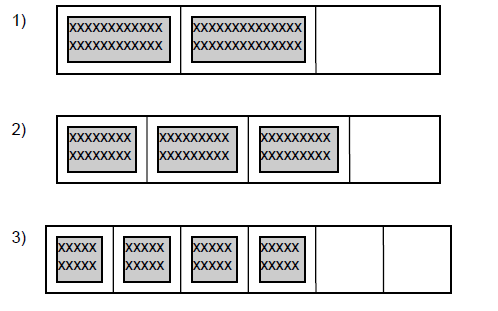

Section 2.2:
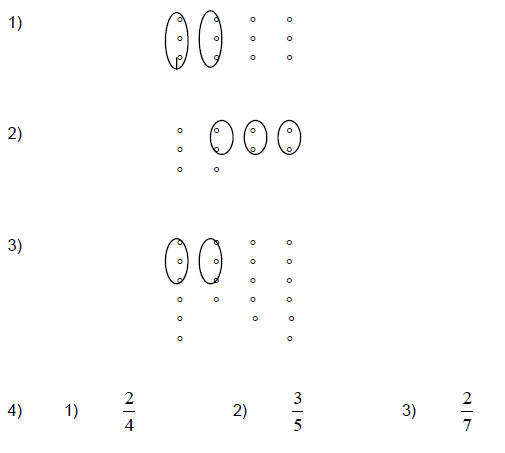
Section 2.3:
1) circle around 7 dots 2) circle around 20 dots
Section 2.4:

3) Possible approximations:
 |
 |
| (needs to be close to 0) | (needs to be close to 2) |
Section 3.1:

Section 3.2:

Section 4.1:

Section 4.2:

Section 5:

Section 6:

Section 7:

Section 8:

Section 9.1:

Section 9.2:
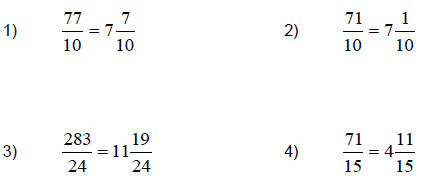
Section 9.3:

Answers to the Fraction Exercises
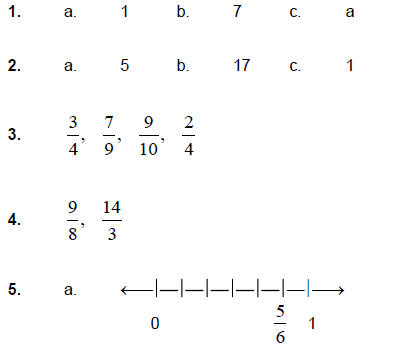

6. x = 20 total dots
7. 10 dots = 2
5 dots = 1
8. x = 14 total dots

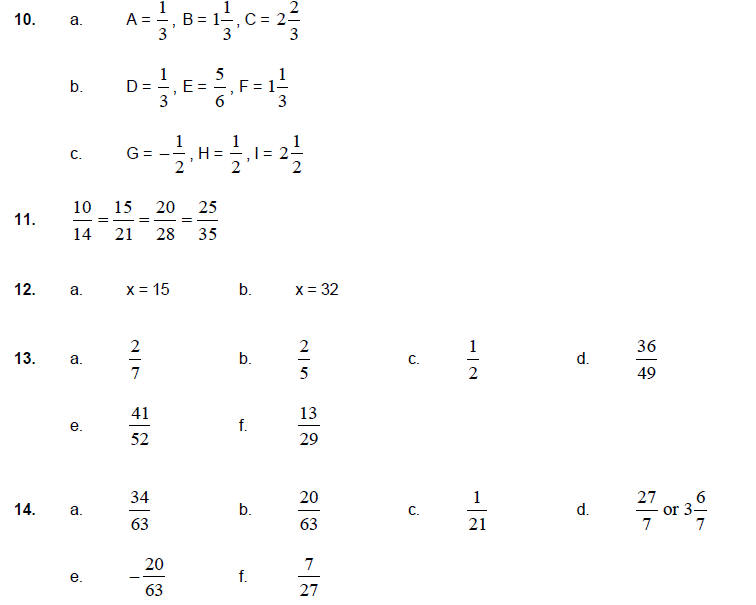
What is…to b and e? = opposites
What is…to d and f? = reciprocals

Originally written by Joe Witkowski for MATH 071, fall
1998
Edited by Eileen Phillips for MATH 171 Proficiency Workshops, fall 2000
| Prev | Next |